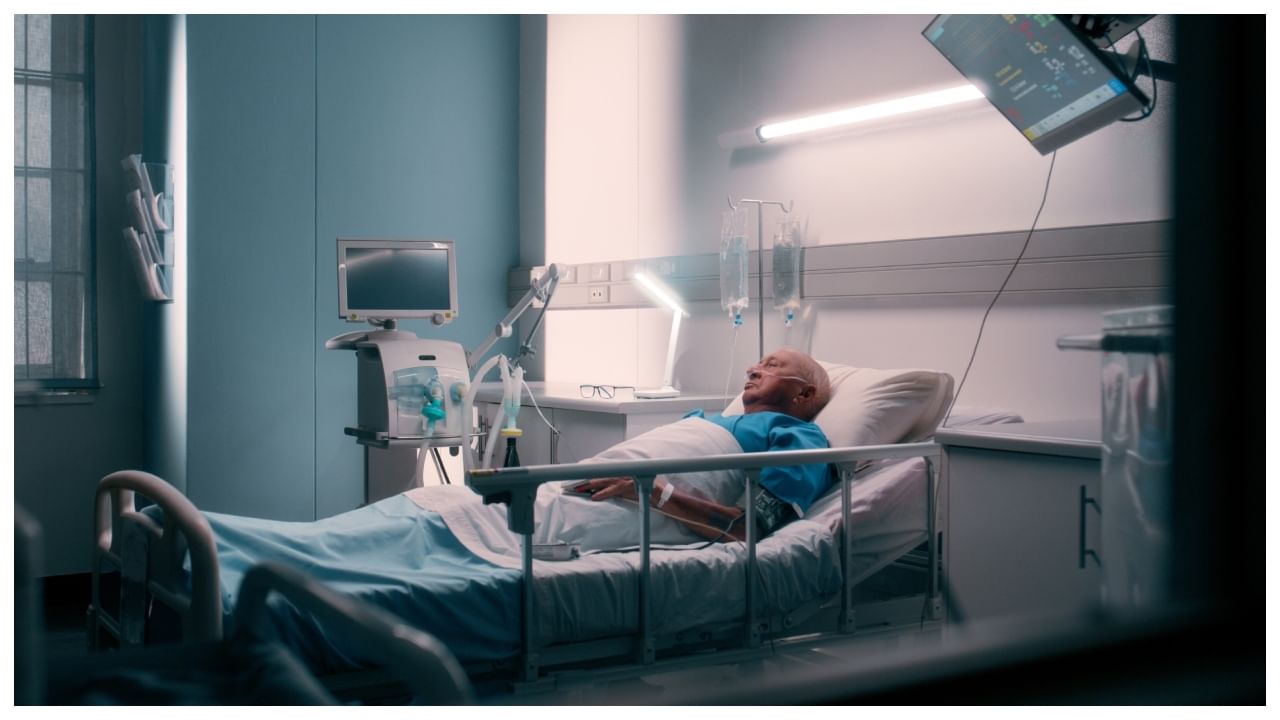New Delhi: Traditionally, invasive operations or drugs have been used to treat joint discomfort, which is frequently caused by illnesses like osteoarthritis, tendon injuries, or ligament tears. Regenerative Therapy is a revolutionary strategy that is gaining traction, nevertheless. This cutting-edge area provides patients with a non-surgical route to rehabilitation by utilising the body’s natural healing processes to restore and revitalize damaged tissues.
Dr. Sharmila Tulpule, Orthopedic surgeon & regenerative medicine specialist; Founder & Director, Orthobiologix Biotech Pvt. Ltd spoke about healing without surgery and using regenerative care instead.
Regenerative Therapy: What is it?
Treatments that encourage the body’s natural healing processes to mend damaged tissues and organs are included in regenerative medicine. This covers orthopedic procedures such as exosome therapy, stem cell injections, and Platelet-Rich Plasma (PRP) therapy. Without requiring invasive surgical treatments, these techniques seek to relieve pain and restore function.
Key Benefits of Regenerative Therapy
- Pain Relief and Reduced Inflammation: Regenerative treatments address the root causes of joint pain, such as inflammation and tissue degeneration. For instance, PRP therapy involves concentrating platelets from a patient’s blood and injecting them into the affected area. This process releases growth factors that promote tissue repair and reduce inflammation, leading to significant pain relief.
- Enhanced Joint Function and Mobility: By stimulating the regeneration of cartilage and other joint tissues, regenerative therapies can improve joint function and mobility. Patients often experience increased range of motion and strength, enabling them to return to daily activities with greater ease.
- Minimised Need for Surgery: Many patients facing the prospect of joint replacement surgeries are turning to regenerative medicine as a first-line treatment. These therapies can delay or even eliminate the need for invasive procedures, reducing associated risks and recovery times.
- Long-Lasting Results: Unlike corticosteroid injections, which may offer only temporary relief, regenerative therapies aim to provide lasting benefits by promoting the healing and regeneration of tissues. Studies have shown that PRP injections can offer symptom relief for up to a year in patients with knee osteoarthritis.
- Personalised Treatment Approach: Regenerative therapies can be tailored to an individual’s specific condition and needs. By utilising the patient’s cells or biologically derived materials, these treatments offer a personalized approach to healing, enhancing their effectiveness and safety.
Conditions Treated with Regenerative Medicine
Regenerative therapies have shown promise in treating a variety of orthopedic conditions, including:
- Osteoarthritis: Degenerative joint disease causing cartilage breakdown.
- Tendon Injuries: Such as tendinitis or tears.
- Ligament Tears: Including injuries to the anterior cruciate ligament (ACL).
- Cartilage Damage: Often resulting from injury or wear and tear.
By addressing these conditions at their source, regenerative therapies offer a holistic approach to joint care.
Considerations and Future Outlook
In conclusion, while regenerative therapies represent a promising frontier in joint care, addressing the associated challenges is crucial for their successful integration into clinical practice. Through continued research, standardisation, and ethical considerations, regenerative medicine has the potential to transform the landscape of orthopedic care, offering patients effective, non-surgical alternatives for joint health.
